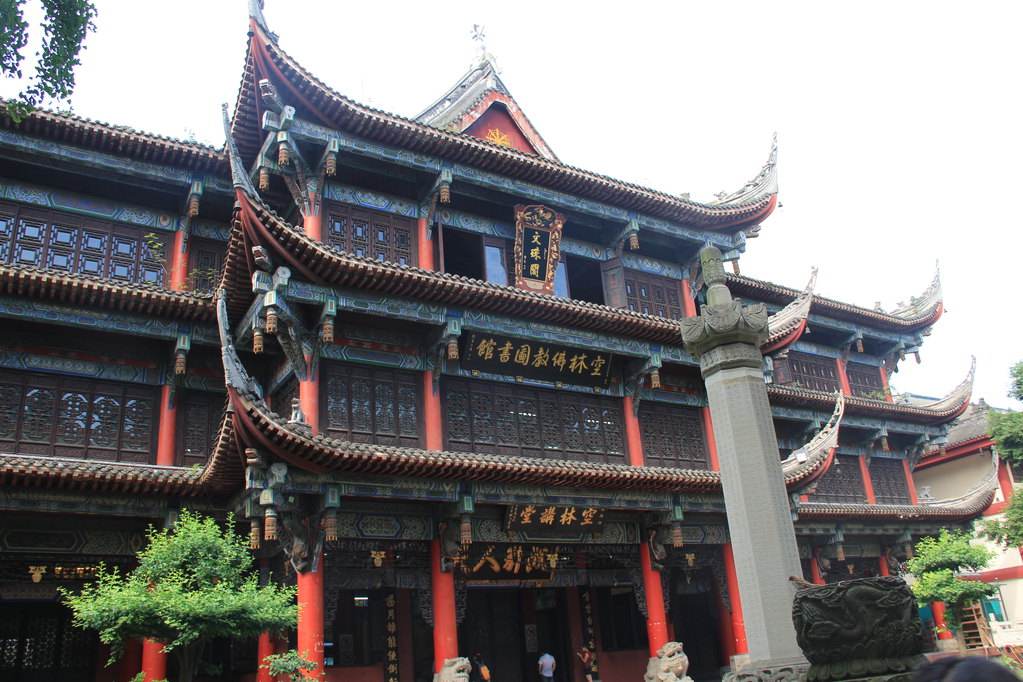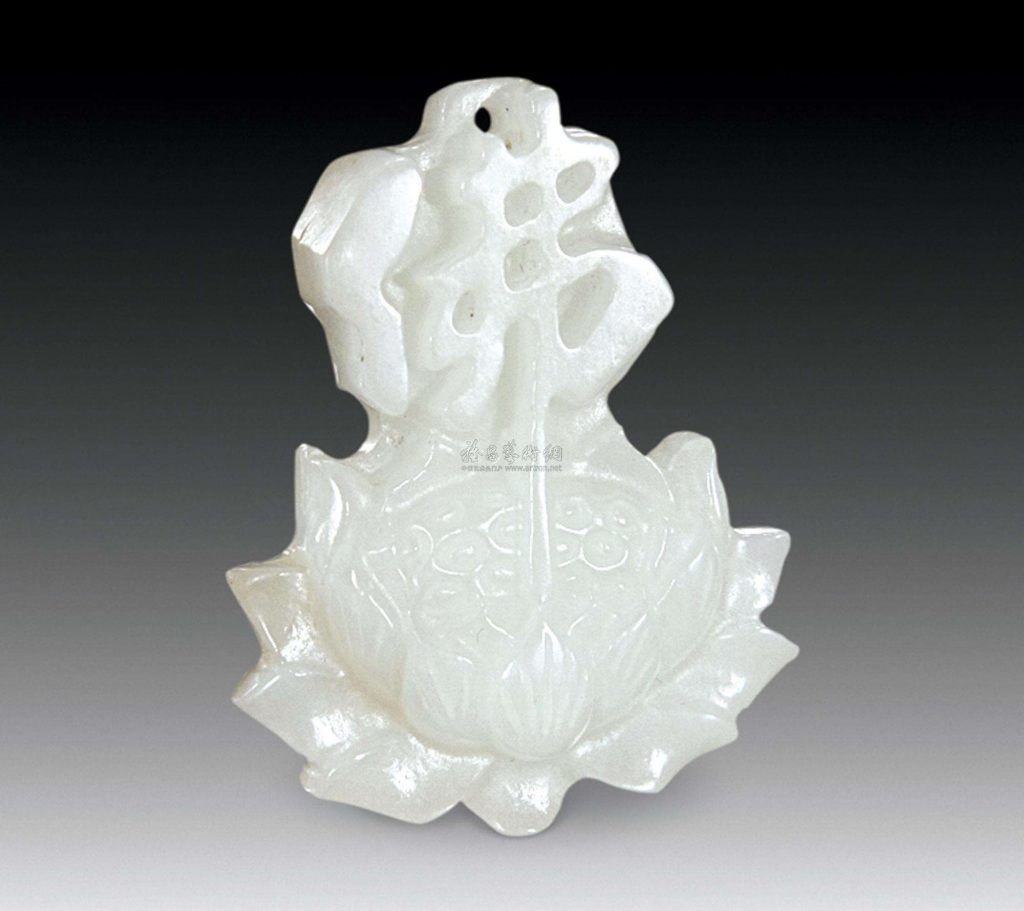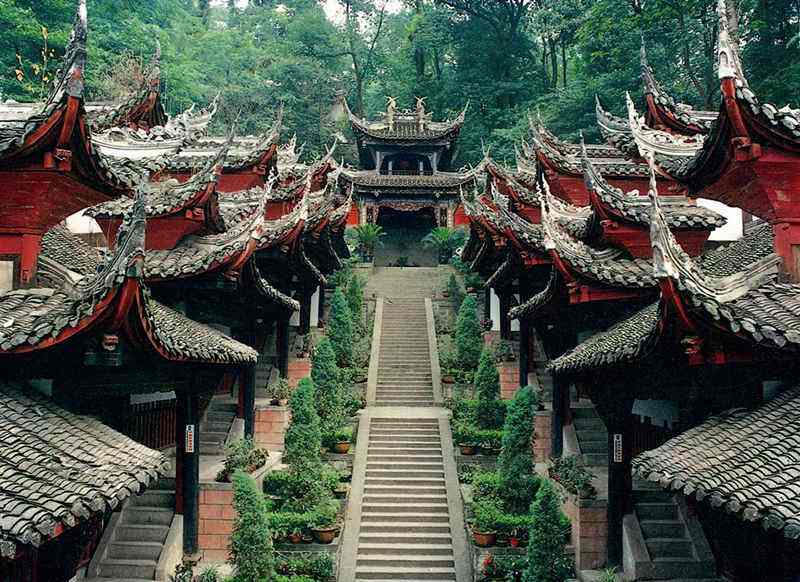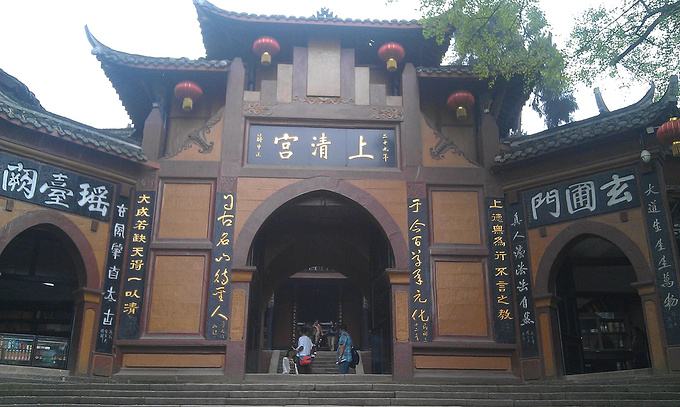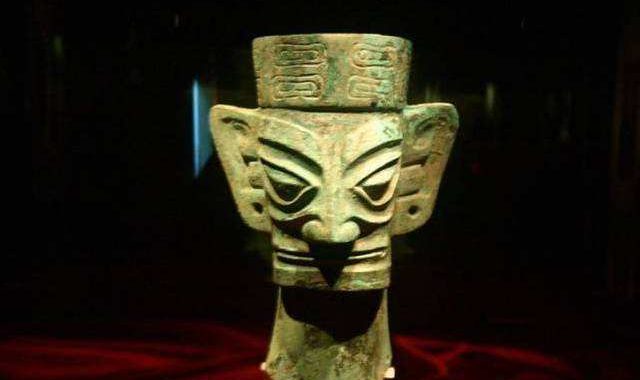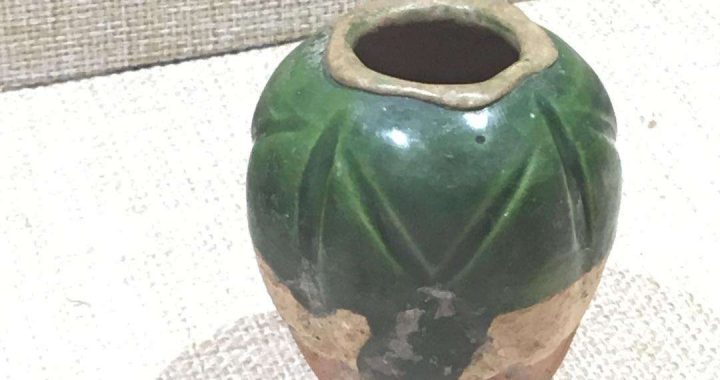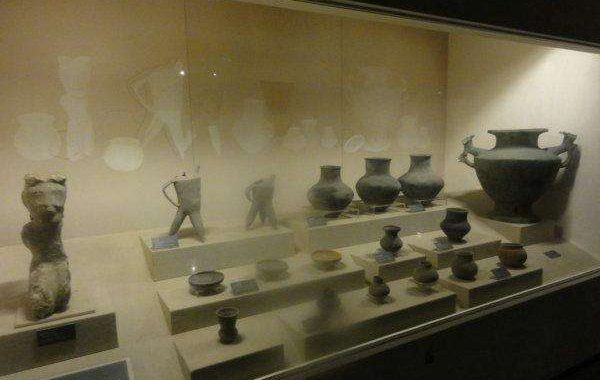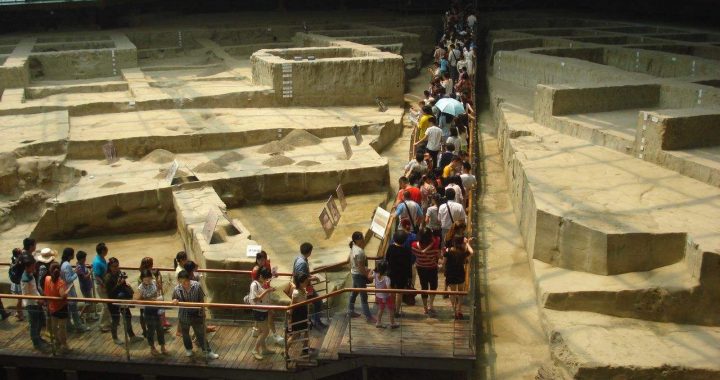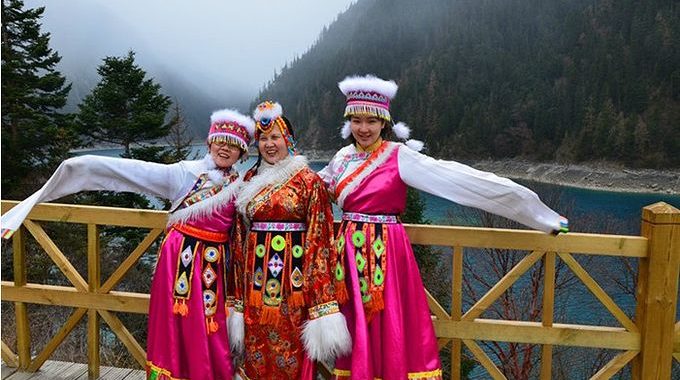The Wenshu Monastery
3 min read
Arguably the most beautiful and well preserved temple in Chengdu is the very active Wenshu Monastery.Worshippers light candles and incense,constantly wrapping the temple in a thick perfumed smoke.The young manage to hold incense sticks in one hand and their mobile phone in the other while older visitors burn”ghost”paper money hoping it’ll reach deceased ancestors,and touch iron figures of animals for good luck.During holidays,worshippers struggle through throngs of people to offer their incense.So much is being burned that monks frequently pull out fire hoses to extinguish the flames.
